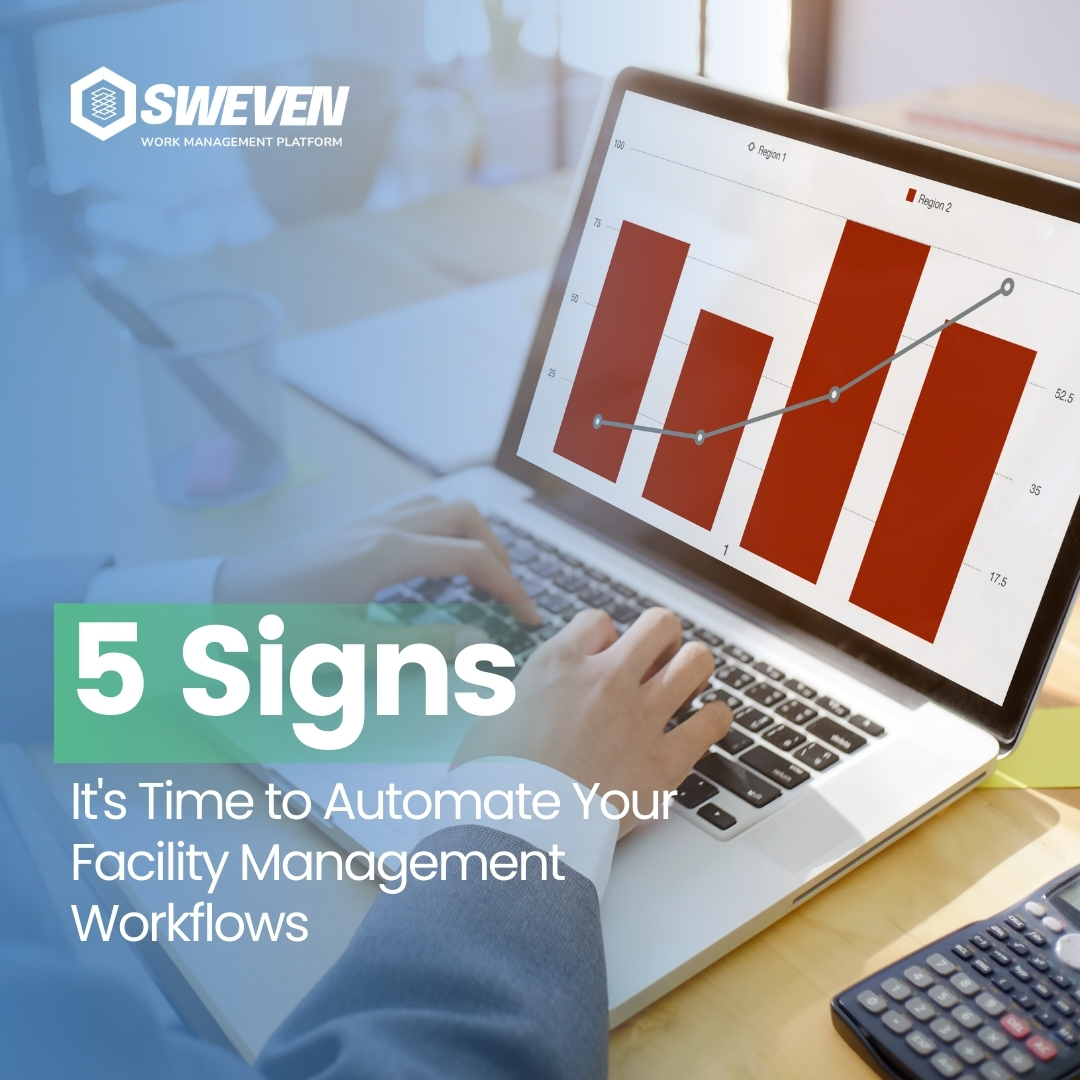• Reliable and accurate communication is critical to the organization’s emergency plan.
• Facility Managers must understand there is internal and external communication. They must do both well. The plan must include how communication will be made with organization employees, tenants, local authorities, other agencies, and the media.
• Documentation is always an investment in the future. It will greatly assist with obtaining funding after the emergency.
• Standard Operating Procedures (SOP) should always be followed. Essentially, what FM’s do day-to-day is what they would do in an emergency.
Response during an emergency is dependent on several factors. One key factor is consistency. Organization policies and procedures will provide the consistency to support the organization’s overall emergency plan. There should be seamless transition from the normal day-to-day activity to the emergency response. In some large organizations, there are separate positions for a facility manager, emergency manager, and security manager. In smaller organizations, the same person, who is usually the facility manager, fills these roles.
David G. Cotts, PE, CFM
Kathy O. Roper, CFM, LEED AP
And Richard P. Payant, CFM, CPE
The Facility Management HandBook Third Edition Chapter 17 p268

























